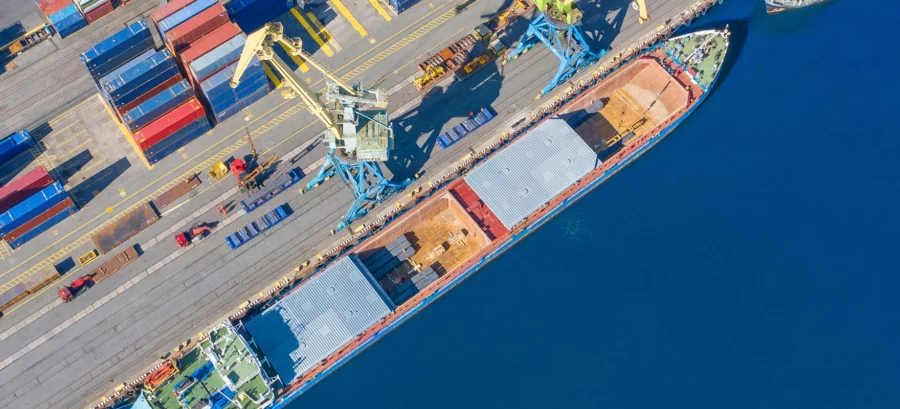Open or closed source code?
When comparing WMS solutions, one key difference often emerges: some systems are fully vendor-supported with closed source code, while others offer partial openness, allowing clients to customize parts of the system themselves. But which approach actually delivers more value in the long run?
Let’s take a closer look at how each model works — and what it really means for warehouse operations.
Defining the Terms
“Experts traditionally compare the non-commercial Linux system with the commercial Windows system. Linux has completely open source code, and anyone in the IT community can change it. Windows is a proprietary software product that only the company developers have access to.”
— Giovanni Migliaccio, Senior Vice President Sales & Marketing, Solvo Europe B.V.
In WMS, “open source” doesn’t always mean what it seems. Unlike fully open-source software like Linux, most commercial WMS platforms with “open code” simply allow clients to customize certain areas within strict boundaries. The core remains closed and vendor-controlled.
Closed-source WMS, on the other hand, provides full support from the vendor. Clients can configure the system through the interface — like setting up a smartphone — but don’t need to touch the underlying code. No in-house developers required.
The IT Responsibility Divide
In a WMS with partial code access, responsibility for customizations falls on the client. This means hiring and maintaining a qualified IT team to ensure code changes are safe, documented, and sustainable. If knowledge isn’t transferred properly and a key developer leaves, the consequences can be costly.
“If the IT team on the client’s side makes documentation poorly or does not maintain any reports on the changes made, then with any staff changes it will be very difficult to identify and correct their errors.”
— Giovanni Migliaccio, Senior Vice President Sales & Marketing, Solvo Europe B.V.
With a fully supported closed-code WMS, the vendor handles everything — from updates to customizations. Their dedicated team (analysts, architects, developers, integrators) is trained, experienced, and involved in continuous solution development. For clients, it’s hands-off and worry-free.
Cost vs. Value: The Real Equation
At first glance, a partially open-source WMS may seem more affordable. But over time, the costs of IT staffing, training, and risk mitigation can outweigh the initial savings.
Meanwhile, closed-code WMS platforms may come with a higher upfront investment, but often include long-term support, upgrades, and vendor-backed guarantees. Vendors working at scale can even offer flexible pricing or discounts.
“The benefit from the purchase of the product can be completely neutralized by its further support in the long term. The cost of a good IT team is high. And if you expand the WMS functionality, then you will need to expand the staff of specialists.”
— Giovanni Migliaccio, Senior Vice President Sales & Marketing, Solvo Europe B.V.
That said, closed systems can also create vendor lock-in — switching providers later may be difficult. So careful research and trust in your vendor’s long-term roadmap are essential.
Quick Comparison
- Functionality
Both can meet business needs — with the right IT support. - Ease of Use
Closed-source: vendor-supported and low-maintenance.
Open-source: requires constant oversight and documentation. - Quality & Accountability
Closed-source: vendor ensures stability and performance.
Open-source: risks depend on client-side implementation quality. - Long-Term Costs
Open-source might save money upfront.
But support, staffing, and knowledge management raise long-term costs.
By the way, Solvo — in partnership with the Fraunhofer Institute and other industry leaders — has published a comprehensive guide to successful WMS implementation. It’s a great starting point for anyone navigating the selection process.
***
Need help evaluating your warehouse IT strategy?
Solvo offers both flexibility and full-cycle support — let’s talk.






